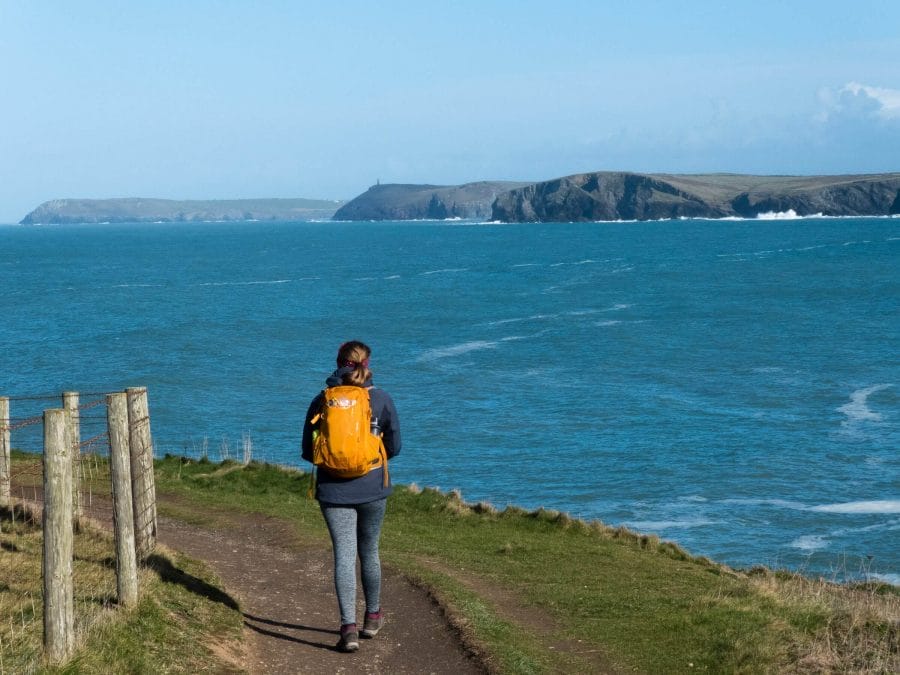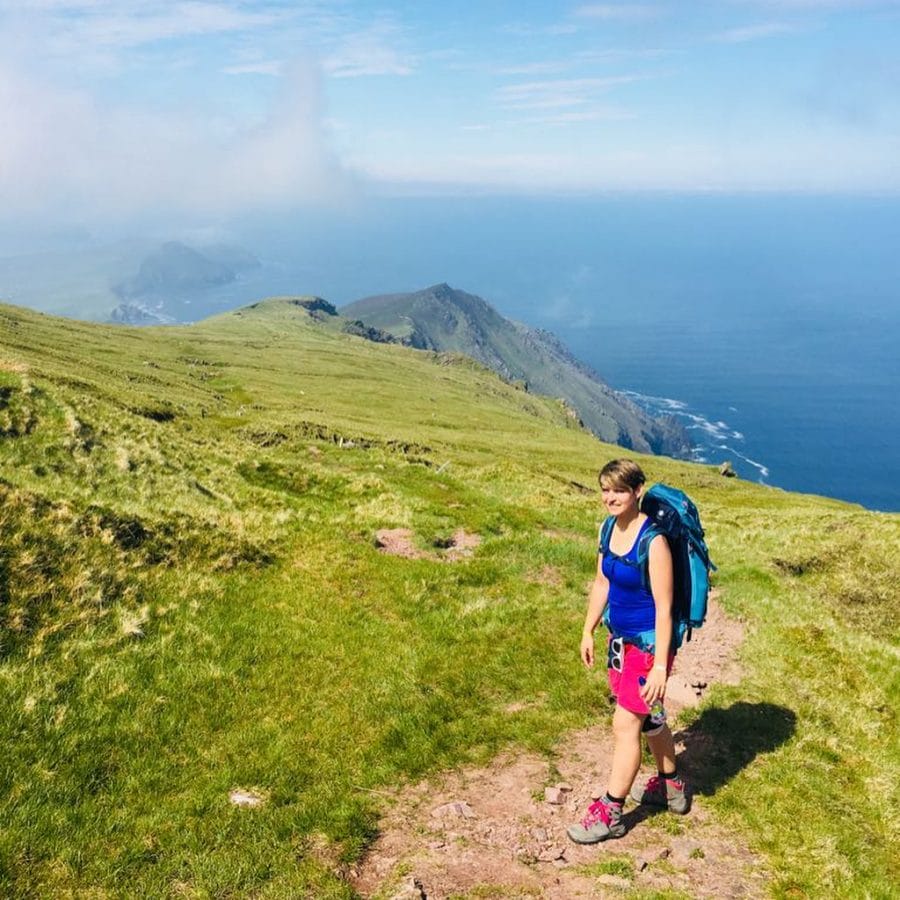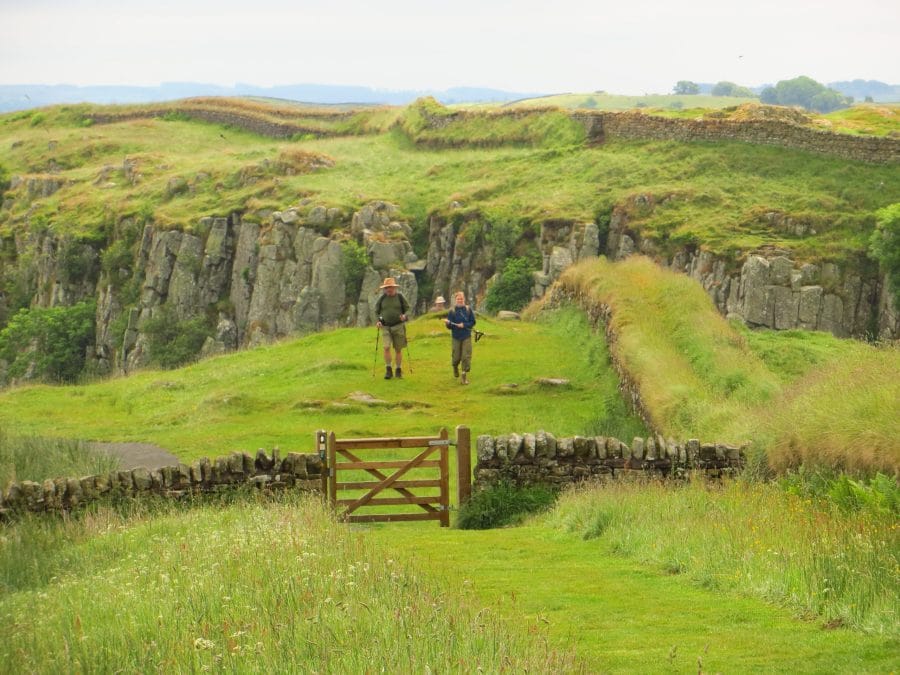Wondering how to train for a multi-day hike? Our eight tips will help you to optimally prepare for the demands of a hiking tour.
# 1 – Start early
Ideally, you should start building your stamina up long before you start your hike. Experts advise to start increasing endurance six months in advance. However, this is not just about special training. If your health and fitness are basically at a good level, this is a good basis for upcoming hiking tours.
# 2 – Increase fitness in everyday life
For long-term improvement in fitness and endurance, it is of great advantage to develop good habits. Ask yourself how much exercise you incorporate into your everyday life. How do you go to work or go shopping?
Tips on how to walk, ride a bike, or take the stairs instead of the elevator are well known. But in preparation for your hike, you can challenge yourself further and, for example, walk 40 minutes to work or bring your shopping home in your backpack.

# 3 – Train for endurance
The minimum recommended time for a workout that will effectively increase your endurance is two hours a week. This can be spread over three training units of 30 to 40 minutes each. The ideal pulse rate is 60 to 80 percent of your maximum level. A heart rate monitor, such as on a smart watch, can be used to determine your exercise intensity. The general rule is that at 60%, it is still possible to talk.
The rule of thumb “220 minus age” is used to calculate your personal maximum heart rate.
# 4 – Do day hikes
The best training for a long-distance hike is hiking itself. Every sport uses different muscle groups in a certain way and thus builds up a specific endurance. Day hikes, for example with friends and family, not only help you to optimally prepare your body for a longer tour, they also help to improve important skills such as reading maps and estimating walking times.
In addition, hikes are always a fantastic way to reduce stress, connect with nature and increase the anticipation of a multi-day hike.

# 5 – Complementary Sports
Other sports also help improve your fitness for a hike. Above all, this includes the so-called cyclical sports, in which the same sequence of movements is repeated over and over again. Jogging, cross-country skiing, inline skating, Nordic walking, cycling and swimming will all improve your stamina in the long term.
Yoga has the additional advantage that you also train your balance in many poses. This improved foot balance will always be of benefit to you when climbing and descending mountain hikes.
Tips for equipment on a multi-day hike can be found on our related article.
# 6 – Exercise with equipment and weight
The demands of hiking increase significantly when you carry extra weight on your back. That is why it is not only worth investing in durable and comfortable equipment, such as a well-padded backpack and, above all, perfectly fitting shoes, but also to include them in your training. This way you can quickly see whether the backpack really fits and which footwear is suitable for which surface.
Hiking boots in particular are indispensable on sloping and uneven terrain, but they also weigh considerably more than running shoes and thus strain the foot muscles.

# 7 – Imitate conditions
The best preparation will familiarize you with the circumstances you may encounter on a long distance hike. This also includes preparing for unforeseen events such as changes in the weather. In general, “bad weather” can demoralize and stress your equipment. It is therefore advisable to go outside in different weather conditions and, for example, go on a day hike in the rain. This brings you closer to the experience of a multi-day hike, during which you are exposed to the weather for many hours.
Apart from the weather, it is also worth practicing walking on a slope. Maybe there is a hill in your neighborhood that you can walk up and down? Some hikers even recommend visiting playgrounds in order to train their surefootedness in their diverse architecture!
# 8 – Learning the right mindset
Aside from physical fitness, inner stamina is also important on a long hike. Being able to react flexibly and constructively to unexpected situations and challenges will help you to achieve your goal just as much as the perfect equipment. In addition, the right attitude enables you to enjoy the trail, even if it is strenuous.
All of your preparation can serve to develop a positive, and perhaps even humorous, attitude. Because through the many small steps that are necessary to plan a hike and to train for you, you will also practice staying tuned, motivating yourself and learning new things.
Make yourself aware that the training gives you the opportunity to get to know yourself better. In dealing with different situations, you practice assessing yourself and your limits. Above all, you can train one thing: to rely on yourself.

Conclusion
Training for a multi-day hike is about integrating the joy of exercise in the fresh air into everyday life, continuously increasing your endurance and going through the world with a sense of adventure. The positive aspects of long-distance hikes are therefore not limited to the time of the hike, but also extend into your everyday life. From building fitness to learning new skills and strengthening self-confidence, physical and mental health can only benefit.


